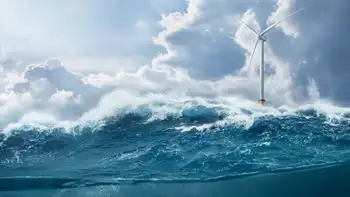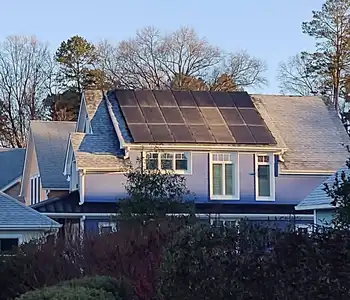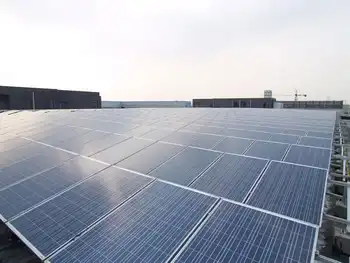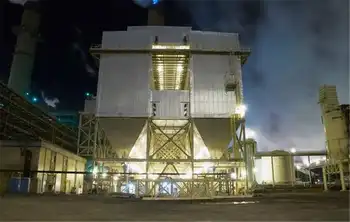U.S. Constellation unit works to tame wind power
By Reuters
Protective Relay Training - Basic
Our customized live online or in‑person group training can be delivered to your staff at your location.

- Live Online
- 12 hours Instructor-led
- Group Training Available
Texas now leads the nation in wind generation capacity, as entrepreneurs including billionaire oil investor T. Boone Pickens join others in a rush to build turbines on the state's vast, wind-swept prairies.
But for the nation's power grid operators, channeling these new supplies can be a headache, because wind supplies are as changeable and unpredictable as the weather itself. Plants powered by natural gas can be switched on and off at a moment's notice to respond to the demands of the grid, but wind cannot.
In an attempt to discipline the wind, Constellation Energy Control and Dispatch, based in Houston, wants to provide new services to balance unpredictable wind production at a wind farm in the U.S. Northwest.
"We want to isolate the wind farm and use the tools we have to manage its volatility," said J.T. Thompson, a Constellation vice president.
If approved by the Western Electric Coordinating Council, the unit of Baltimore-based Constellation would join 35 other entities that constitute the western grid, including the Bonneville Power Administration (BPA).
Each so-called balancing authority is required to provide round-the-clock models that balance energy needs with available supply, and offer back-up plans if power plants shut unexpectedly.
With complex computer programs and an "integration desk," Constellation plans to keep tabs on each turbine, supplying much more production detail to the grid.
While wind producers want the grid to accept as many megawatts as spinning turbines can generate, Constellation will use computer systems and back-up generation to keep wind output strictly in line with the forecast supplied earlier to the grid.
"That is not an easy thing with wind," Thompson said. "Traditional systems have not been built to manage that kind of variability."
At 6,700 megawatts, more than one-third of the nation's wind generation is in the West, according to the American Wind Energy Association, a trade group.
California, Oregon and Washington are adding wind farms and grid operators are looking at changes to accommodate the new resource.
BPA is reviewing the hydropower supply in the Northwest as additional wind generation and rising electric use strains the hydro network, the agency said on its website.











